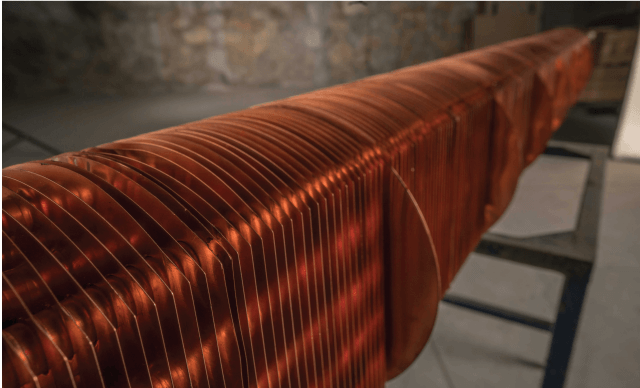When it comes to chilling systems, the choices can be overwhelming, and two contenders that often take the spotlight are scroll chillers and screw chillers. Let’s break down the basics to help you navigate through these cooling options and make an informed decision for your needs.
Scroll Chillers:
Think of scroll chillers as the quiet achievers of the cooling world. They operate using a scroll compressor, a nifty piece of technology that consists of two interleaving spiral scrolls. The magic happens as one scroll orbits the other, compressing the refrigerant in a continuous, smooth motion.
One of the standout features of scroll chillers is their compact size and quiet operation. These chillers are space-savers, making them ideal for installations where real estate is precious. Moreover, the simplicity of their design translates into fewer moving parts, reducing the likelihood of maintenance issues and making them a cost-effective option in the long run.
Screw Chillers:
On the other side of the cooling spectrum, we have screw chillers, the heavy-duty workhorses of the industry. These chillers employ a screw compressor, a robust piece of machinery that uses
male and female rotors to compress the refrigerant. This design allows screw chillers to handle larger cooling loads with ease.
Screw chillers are known for their efficiency in demanding industrial applications. They boast a higher capacity, making them suitable for situations where a substantial amount of cooling power is required. While they may take up more space and emit a bit more noise compared to scroll chillers, their ability to tackle heavy-duty cooling demands makes them indispensable in certain settings.
Choosing the Right Fit:
Selecting between scroll and screw chillers boils down to the scale and requirements of your cooling needs. If you’re looking for a compact, cost-effective solution with moderate cooling demands, scroll chillers might be your go-to. On the flip side, if you’re dealing with a large-scale industrial operation that demands consistent and powerful cooling, screw chillers could be the ideal match.
In the end, whether you opt for the smooth, compact operation of scroll chillers or the robust,heavy-duty capabilities of screw chillers, both choices bring efficient cooling to the table. It’s just a matter of finding the right fit for your unique cooling challenges.
Which air conditioner is environment friendly?
In the quest for comfort on scorching summer days, choosing an air conditioner that not only cools your space but also treads lightly on the environment has become increasingly important.
As we strive to reduce our carbon footprint, several air conditioning options stand out for their eco-friendly features.
One noteworthy choice is the inverter technology air conditioners. These units are designed to adjust their cooling capacity based on the specific requirements of the room. By avoiding the constant on-and-off cycles typical of traditional ACs, inverter technology not only enhances energy efficiency but also contributes to a more environmentally conscious cooling solution.
Ductless mini-split systems are another eco-friendly alternative gaining popularity. These systems, comprised of an outdoor condenser and indoor air-handling units, eliminate the need
for extensive ductwork. This not only reduces installation complexity but also minimizes energy loss, making them a greener option for cooling your space.
Furthermore, the use of refrigerants plays a pivotal role in determining an air conditioner’s environmental impact. Opting for units that use R-32 or R-410A refrigerants can be a more environmentally responsible choice. These refrigerants have lower global warming potentials compared to their predecessors, meaning they have a reduced impact on climate change. Smart technology integration is making strides in the air conditioning realm as well. Smart AC units allow for precise control over cooling settings through mobile apps, ensuring that you only
use energy when needed. This level of control not only enhances convenience but also contributes to energy savings, aligning with a more sustainable approach to cooling your living or working space.
In conclusion, the pursuit of cool comfort doesn’t have to come at the expense of the environment. With the rise of inverter technology, ductless mini-split systems, environmentally friendly refrigerants, and smart AC solutions, there are ample options to keep your space cool while being mindful of the planet. Making an informed choice when it comes to air conditioning is not just about personal comfort; it’s also about embracing a more sustainable and eco-friendly lifestyle
